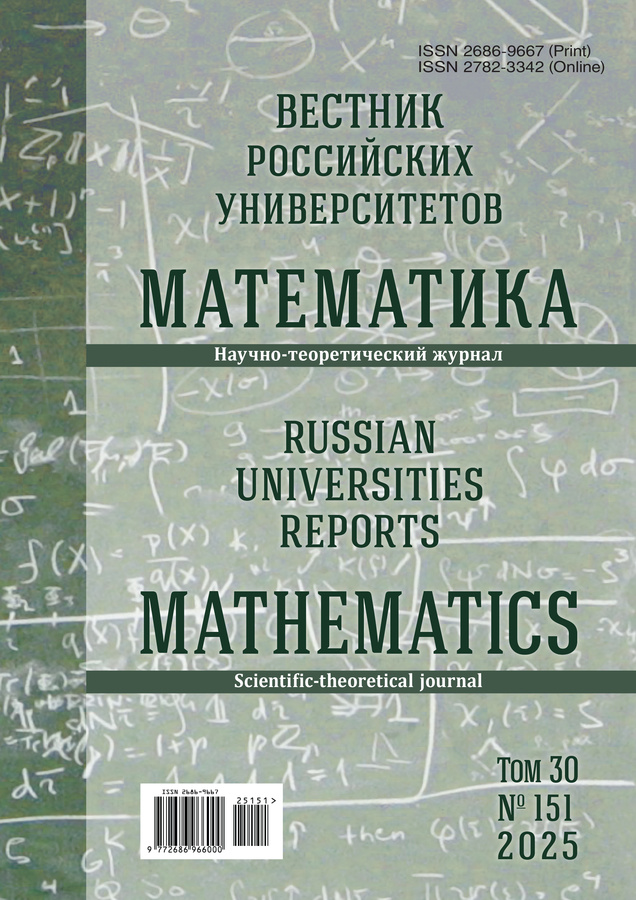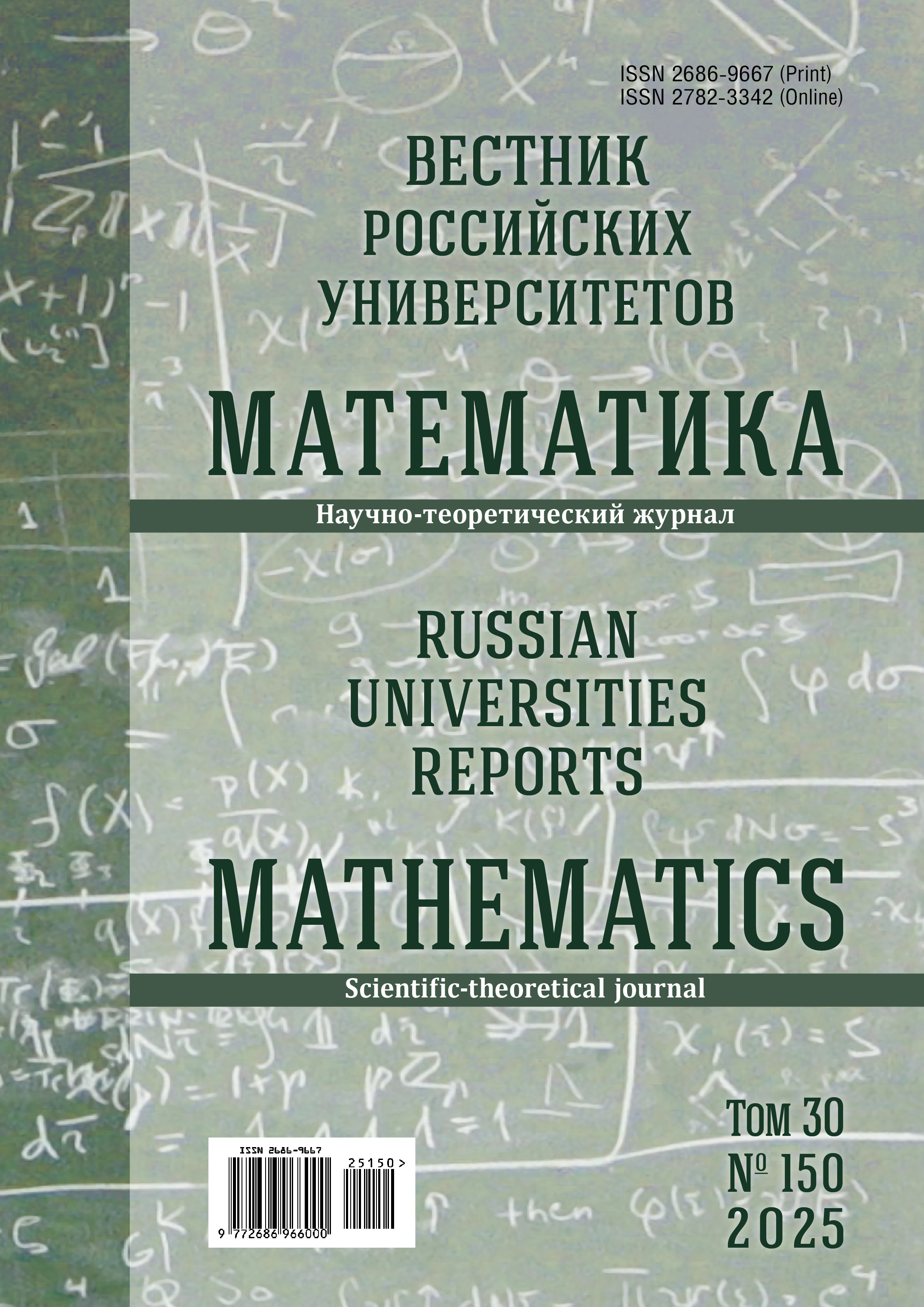Об асимптотическом поведении решений неавтономных дифференциальных включений с набором нескольких функций Ляпунова
- Авторы: Финогенко И.А.1
-
Учреждения:
- ФГБУН «Институт динамики систем и теории управления им. В. М. Матросова СО РАН»
- Выпуск: Том 30, № 150 (2025)
- Страницы: 170-182
- Раздел: Научные статьи
- URL: https://journal-vniispk.ru/2686-9667/article/view/298093
- ID: 298093
Цитировать
Полный текст
Аннотация
Для неавтономных дифференциальных включений рассматриваются вопросы притяжения и асимптотического поведения решений. Основой исследований служит развитие метода предельных дифференциальных уравнений в сочетании с прямым методом Ляпунова с несколькими функциями Ляпунова. Это дает возможность более точно проводить локализацию и определять структуру \( ω \)-предельных множеств решений. Основными проблемами исследований являются отсутствие свойств типа инвариантности \( ω \)-предельных множеств неавтономных систем и построение предельных дифференциальных соотношений. Они решаются с использованием предельных дифференциальных включений, построенных с использованием сдвигов (трансляций) исходных дифференциальных включений. Результаты имеют форму обобщений принципа инвариантности Ла-Салля и дают предварительную информацию о предельном поведении решений. Набор дополнительных функций Ляпунова позволяет уточнять это поведение и выделять те точки из множества нулей производной основной функции Ляпунова, которые заведомо \( ω \)-предельным множествам не принадлежат. Результаты иллюстрируются на примере линейного осциллятора с сухим трением.
Об авторах
Иван Анатольевич Финогенко
ФГБУН «Институт динамики систем и теории управления им. В. М. Матросова СО РАН»
Автор, ответственный за переписку.
Email: fin@icc.ru
ORCID iD: 0000-0001-6821-3385
доктор физико-математических наук, главный научный сотрудник
Россия, 664033, Российская Федерация, г. Иркутск, ул. Лермонтова, 134Список литературы
- Е.А. Барбашин, Функции Ляпунова, Наука, М., 1970.
- J.P. LaSalle, “Stability theory for ordinary differential equations”, Journal of Differential Equations, 4:1 (1968), 57–65.
- G.R. Sell, “Nonautonomous differential equations and topological dynamics. I. The basic theory”, Trans. Amer. Math. Soc., 127 (1967), 241–262.
- G.R. Sell, “Nonautonomous differential equations and topological dynamics. II. Limiting equation”, Trans. Amer. Math. Soc., 127 (1967), 263–283.
- Z. Artstein, “Topological dynamics of an ordinary differential equation”, Journal of Differential Equations, 23:2 (1977), 216–223.
- И.А. Финогенко, “Предельные дифференциальные включения и принцип инвариантности неавтономных систем”, Сибирский математический журнал, 55:2 (2014), 454–471.
- И.А. Финогенко, “Принцип инвариантности для неавтономных дифференциальных уравнений с разрывными правыми частями”, Сибирский математический журнал, 57:4 (2016), 913–927.
- И.А. Финогенко, “Проблемы и методы исследования функционально-дифференциальных уравнений с разрывной правой частью”, Доклады РАН. Математика, информатика, процессы управления, 522:2 (2025) (в печати).
- В.М. Матросов, Метод векторных функций Ляпунова: анализ динамических свойств систем, Физматлит, M., 2001.
- Ю.Г. Борисович, Б.Д. Гельман, А.Д. Мышкис, В.В. Обуховский, Введение в теорию многозначных отображений и дифференциальных включений, КомКнига, М., 2005.
- А.Ф. Филиппов, Дифференциальные уравнения с разрывной правой частью, Наука, M., 1985.
- T. Yoshizawa, “Liapunov’s function and boundedness of solutions”, Funkcialaj Ekvacioj, 2 (1959), 95–142.
- К.С. Лапин, Ограниченность по Пуассону решений систем дифференциальных уравнений, Мордовский государственный педагогический университет имени М.Е. Евсевьева, Саранск, 2022, 165 с.
- В.М. Матросов, И.А. Финогенко, “О принципе инвариантности и притягивающих множествах для автономных систем”, Доклады РАН, 349:1 (1996), 46–48.
- И.А. Финогенко, “Об асимптотическом поведении механических систем с трением”, Сибирский математический журнал, 63:5 (2022), 1158–1169.
Дополнительные файлы









